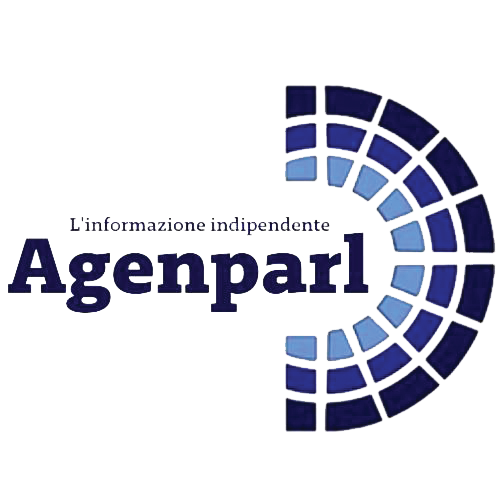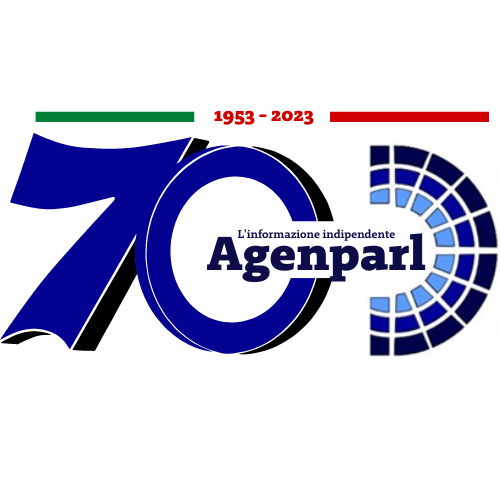 (AGENPARL) - Roma, 17 Dicembre 2024
(AGENPARL) - Roma, 17 Dicembre 2024(AGENPARL) – mar 17 dicembre 2024 9.40 PM CET / 17-Dec-2024 / Hansa Biopharma AB (STO:HNSA)
Lund, Sweden, 17 December 2024. Hansa Biopharma, “Hansa” (Nasdaq Stockholm:
HNSA), today announced positive full results from the 15-HMedIdeS-09 single arm
Phase 2 study of imlifidase, a first in class IgG cleaving enzyme, in Guillain
-Barré Syndrome (GBS) and an indirect treatment comparison of the 15-HMedIdeS-09
study data to the International Guillain-Barré Syndrome Outcome Study (IGOS), a
worldwide prospective study by the Inflammatory Neuropathy Consortium on
prognosis and biomarkers of GBS.
Data from the 15-HMedIdeS-09 study demonstrated that severe GBS patients treated
with a single dose of imlifidase (0.25 mg/kg) plus intravenous immunoglobulin
(IVIg) had rapid overall improvement in functional status including expedited
recovery of muscle strength, fast return to independently walking, and a median
time to independently walk (e.g., reaching Guillain-Barré Syndrome Disability
Scale (GBS DS) 2 or less) by 16 days.
The indirect treatment comparison concluded that patients in the 15-HMedIdeS-09
study treated with imlifidase plus IVIg returned to independently walking 6
weeks sooner when compared to severe GBS patients in the IGOS real-world
comparator group treated with IVIg. Additionally, patients in the 15-HMedIdeS-09
study experienced statistically significant improvement across several
clinically meaningful measures at multiple time points as compared to the IGOS
real-world comparator group including 6.4 times more likely at week 1, and 4.2
times more likely at week 4 to walk independently.
Hitto Kaufmann, Chief R&D Officer, Hansa Biopharma said, “Our Phase 2 study
results and the indirect treatment comparison with IGOS are critically
important. Together they demonstrate the significant role imlifidase may play in
future treatment options for GBS patients. Unlike other molecules, imlifidase
can effectively and very rapidly remove IgG through enzymatic cleavage – halting
the progression of nerve damage associated with GBS and stopping disease
progression. The main goal of improved GBS treatments is to stop nerve damage
early, reducing the time of hospitalization and support patients in regaining
independence sooner. These findings underscore the role pathogenic IgG plays in
severity and progression of GBS, and the clear potential of imlifidase to
address unmet need in IgG-driven autoimmune diseases where faster acting
treatment options are needed.”
In GBS, IgG is a key driver of inflammatory attacks on peripheral nerves and has
been clinically linked to the severity and progression of the disease. Rapid
reduction of IgG levels has the potential to benefit GBS patients by depleting
pathological IgG antibodies, thereby halting disease progression resulting in
faster recovery and less severe disease.[1 ]Improvement in GBS DS is important
because it directly affects the clinical outcomes, recovery, and quality of life
for patients. Better management of disease severity can help reduce the risk of
life-threatening complications, shorten recovery time, prevent long-term
disability, lower healthcare costs, and improve overall patient well-being.
Professor Shahram Attarian, Head of Department of Neuromuscular Diseases and
ALS, Hopitaux Universitaires de Marseille (APHM), and International Coordinating
Principal Investigator in the 15-HMedIdeS-09 Phase 2 study, said, “In the
treatment of GBS and subsequent recovery process, early improvement and the
ability to walk independently are important clinical milestones as they indicate
a return to basic mobility and independence, and to an improved quality of life
for patients. This analysis supports the potential role of imlifidase followed
by standard of care IVIg as a potentially new treatment option in GBS. These are
important results for patients and clinicians in the GBS community.”
Key Results: 15-HMedIdeS-09 Study
The 15-HMedIdeS-09 study included 30 adult patients who were treated with
imlifidase plus IVIg. During the study, three patients were re-diagnosed, and
the remaining 27 patients received a confirmatory diagnosis of severe GBS and
were included in the efficacy analysis.
By the first week, 37% of patients in the 15-HMedIdeS-09 study were able to
independently walk and the mean improvement in muscle strength was 10.7 points
as assessed by Medical Research Council (MRC) sum score.
The median time to improve by at least one grade in the GBS DS was six days. By
eight weeks, 67% of patients were able to walk independently, 40.7% of patients
had regained the ability to run, and 37% of the patients had improved by at
least three points in the GBS DS. Six months after imlifidase treatment, 63% of
patients were able to run or had no functional disability (GBS DS ?1).
Administration of imlifidase was well tolerated in the study.
Key Results: Indirect Treatment Comparison of 15-HMedIdeS-09 Study with Real
-World Comparator Group
When compared to the IGOS real-world comparator group (severe GBS patients
treated with IVIg, n=754), patients in the 15-HMedIdeS-09 study (severe GBS
patients treated with imlifidase in combination with IVIg, n=27) experienced
significantly faster improvement in disability as measured by the GBS DS.
Patients in the 15-HMedIdeS-09 study improved by at least one step on the GBS
DS, 3 weeks sooner (p=0.002) and returned to independently walking (GBS DS?2) 6
weeks sooner versus patients in the IGOS real-world comparator group treated
with IVIg (p=0.03).
Moreover, patients in the 15-HMedIdeS-09 study were more likely to quickly
regain the ability to independently walk than the IGOS real-world comparator
group treated with IVIg. At one week, patients in the 15-HMedIdeS-09 study were
6.4 times more likely (odds ratio 95% confidence interval: 2.3-17.5, p
